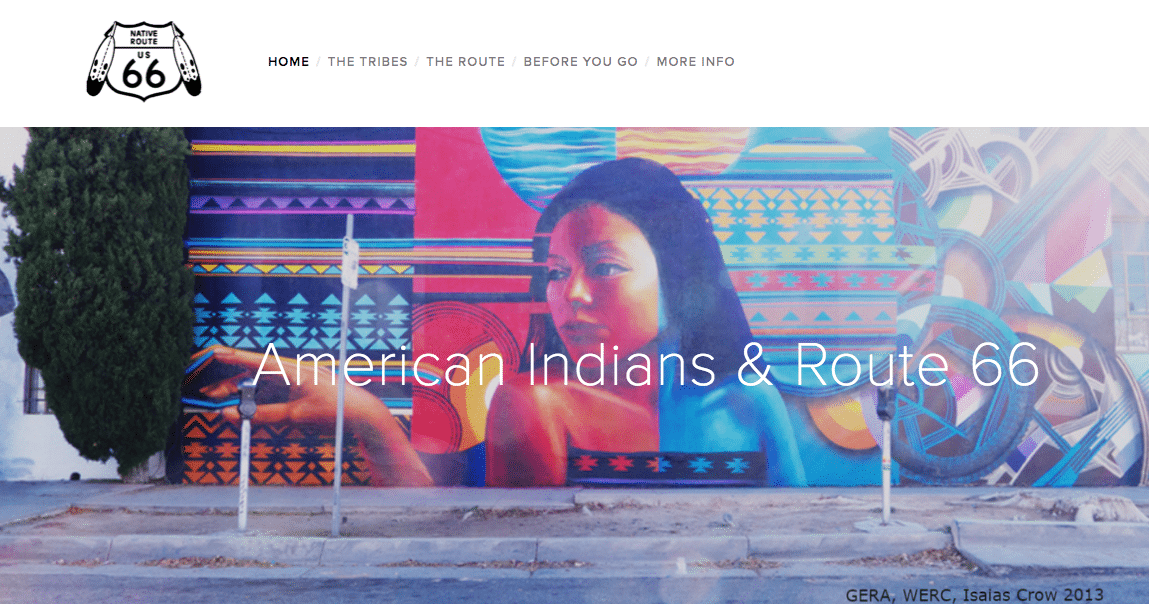The New Native American Tourism Push

Skift Take
Casinos are no longer the main face of tourism for Native American territories. More than ever, Native American travel professionals are marketing meetings, events and cuisine that could burst onto the hip food scene at any moment.
Over the past year, Native American travel professionals have pushed way past the lure of their casinos to promote diverse experiences in their communities. The messaging now emphasizes meetings, events, food tourism, local authenticity and longer stays.
In fact, the U.S. Department of Commerce predicts that by 2020, growth in what it refers to as Indian Country tourism would produce 90.3 million visitors, a 20 percent increase.
Top Executives From Airbnb, Google, Hilton, and More Are Speaking at Skift Global Forum 2016. Join Us.
The potential for meetings and conventions can be a crucial part of building a new hotel or resort. The Moenkopi Legacy Inn & Suites near Tuba City, Arizona — which in 2010 became the first hotel built on Hopi tribal land in 50 years — advertises 3,096 square feet of meeting space plus three breakout rooms, an array of audiovisual equipment, a business center, a theater, a lecture space and a banquet hall. The property's capacity for meetings and conferences nearly receives as much exposure on its website as the hotel rooms themselves.
"It’s very important," said James Surveyor, operations manager, of the meetings portion of the business. "Identifying the meetings market was one of the first things I did.”
Surveyor mentioned that the absence of a casino on the property provides a particular experience for the business traveler, potentially one with fewer distractions when compared with a casino-focused property in Las Vegas for e
